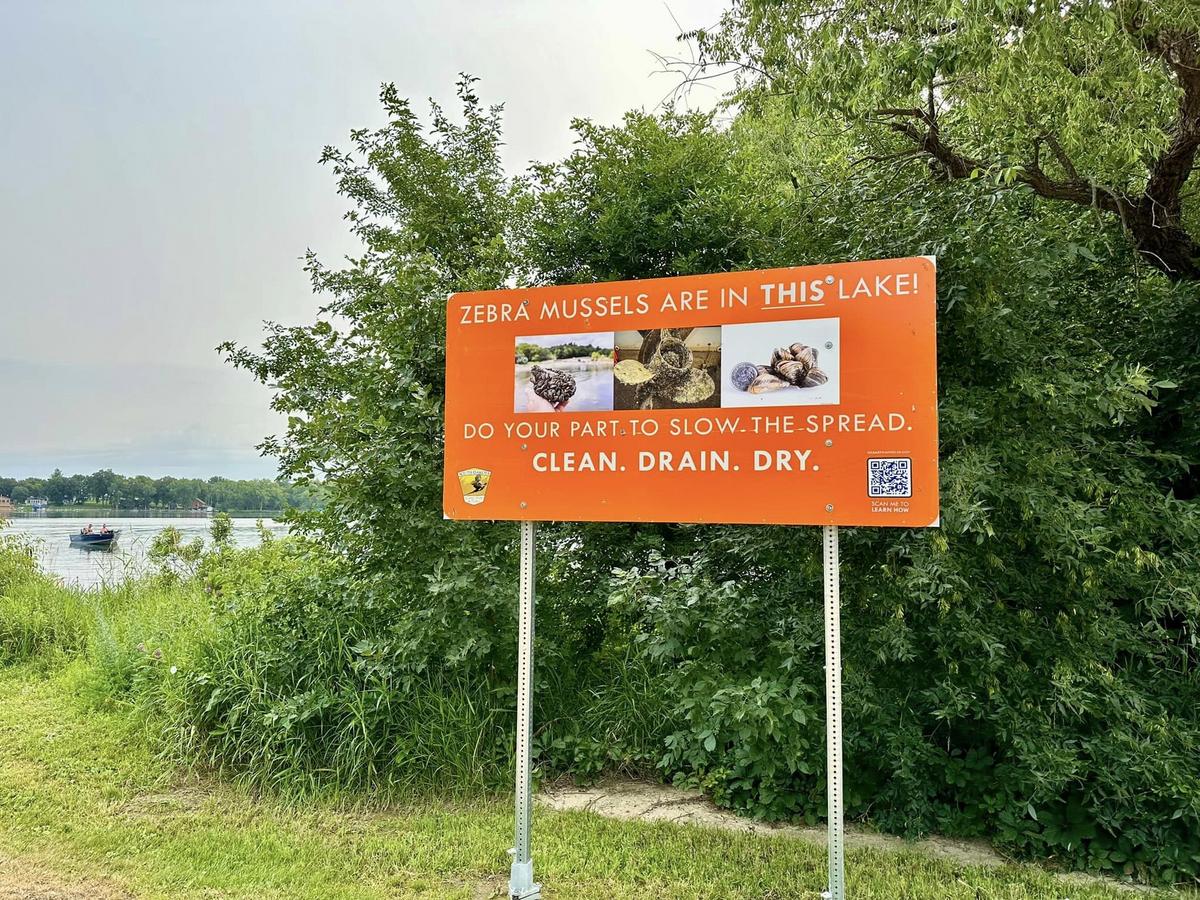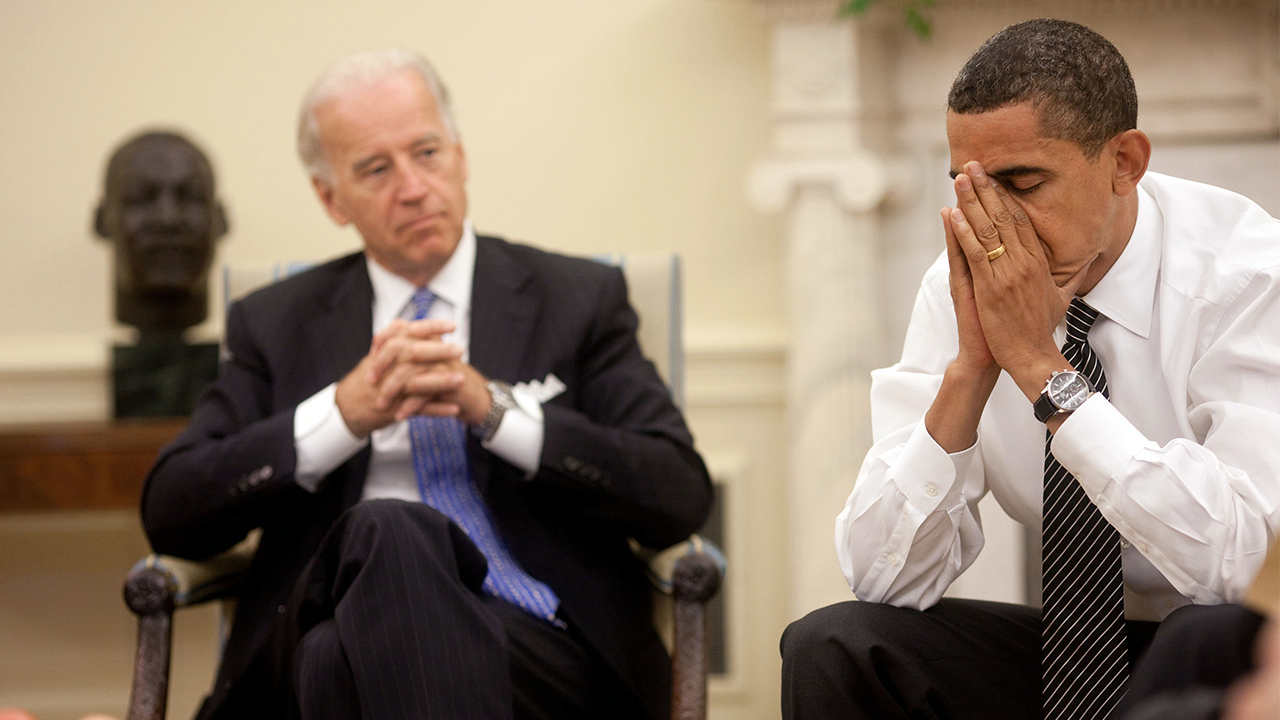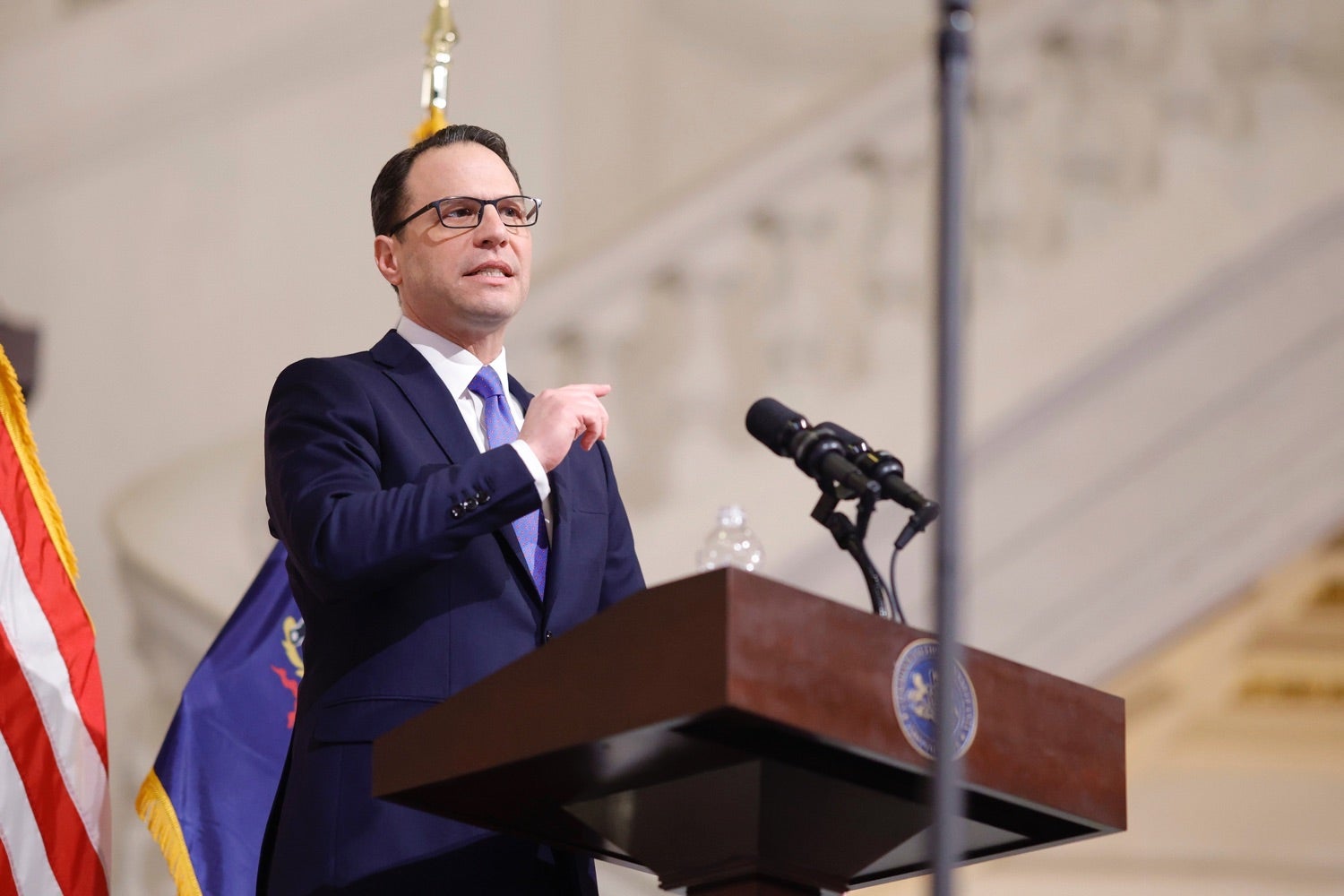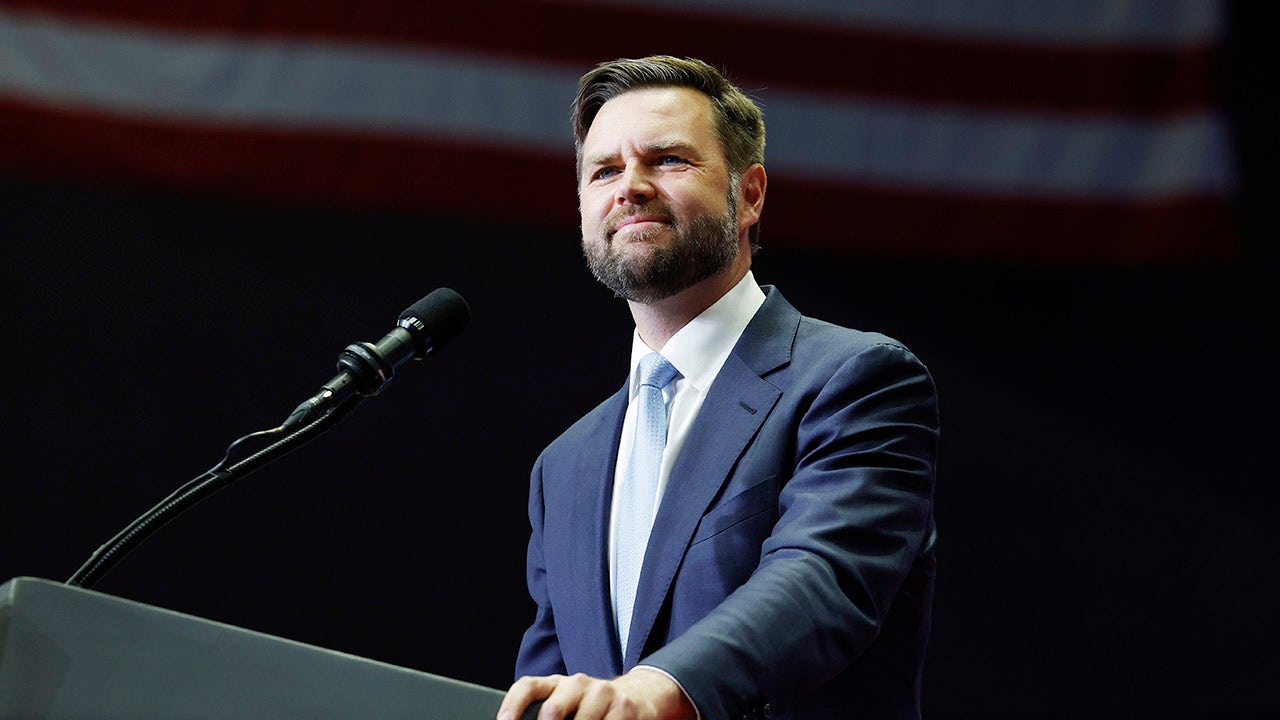North Dakota
Former Lt. Gov. Brent Sanford busy with consulting work, but away from hustle of North Dakota Capitol

BISMARCK — Along with work related to his new consulting business, Brent Sanford spends parts of his days helping out around the house and giving his kids rides to activities.
It’s a big change from his days in the Gov. Doug Burgum administration, where “the phone doesn’t stop, the issues don’t stop,” Sanford recently told the Grand Forks Herald.
And now?
“I’m having to get used to a pace where it’s not as intense.”
Sanford
made headlines last winter when he resigned as North Dakota’s lieutenant governor
, concluding six years at the Capitol. He emerged from the grassroots onto the state political scene, starting out as a City Council member in Watford City, a community that grew exponentially during the early days of the Bakken oil boom. He later became mayor before being selected to run alongside Burgum, another newcomer to statewide politics.
With Sanford as his running mate, Burgum pulled off an upset that stunned the state. Six years later, on Dec. 20, Burgum announced Sanford’s resignation; that same day, Burgum named
Tammy Miller to take Sanford’s place
.
“From (Sanford’s) leadership on key issues including energy, child care and economic development, to his influential work with the legislative branch as president of the Senate, to his leadership as the governor’s designee on multiple state boards, Brent has made a positive impact on North Dakota’s citizens, economy and communities far and wide,” Burgum said in a statement that day. “It’s been an honor to serve with him, and we wish him, Sandi and their children all the best in their future endeavors.”
With half of a year to look back on the decision, Sanford acknowledges it was difficult — one that came after an abundance of work on important statewide energy projects.
He had worked on behalf of the state to aid the sale of Coal Creek Station to Rainbow Energy, as well as the startup of the massive soybean crush plant at Spiritwood, which will provide soybean oil to a diesel facility in Dickinson.
Before that, the COVID-19 pandemic gripped the state.
Sometime last year, he looked at his wife, Sandi, and told her he couldn’t envision the future. That was bothersome, he said.
“About this time last summer, I told Sandi, ‘When I try to look forward and think about what’s next I see a blank space.’ That is not normal for me. Normally I’ve got something. It was just like, ‘OK, maybe my time is done at this job. Maybe I have done what I need to do here,’” he said. “The governor and I had a couple of conversations about a third term and about me continuing or not. It wasn’t like it just came up the last week of December. Those are not things that were shared (publicly) at all. We were in dialogue about how do we respectfully release each other? And how do we make sure everything’s lined up and ready to go for (the 2023 session of the Legislature).”
And as Sanford sensed Burgum was considering a third term in 2024 — likely meaning 12 years in office — he figured six years as lieutenant governor was enough.
“Basically, I told Doug it seems a long time to be backup quarterback,” Sanford said. “I’m 51, and I need to be paying attention to the financial future for our family.”
He also wanted to spend more time with his children, now 22, 15 and 12.
“It’s an obsessive job to be lieutenant governor — the phone doesn’t stop, the job doesn’t stop, 20 hours a day,” he said. “I really wanted to have more of my mental capacity for watching (the children) in those last years. And then it turns out our parents need our help, too. We’re in that phase of life. The time seemed right and, yeah, it wasn’t an easy decision. But here we are. I’m satisfied.”
Sanford comes from a family of small-town officeholders. His father served on the City Council in Watford City and his grandfather was mayor for two decades.
He grew up in Watford City, then attended college at UND, graduating in 1994 with a degree in accounting. He worked in finance-related jobs in Fargo, Arizona and Colorado before deciding to return home in 2004 to take over the family’s auto dealership.
It wasn’t long before he got involved in politics. He successfully ran for City Council in 2006 and — just as Watford City was bursting with growth due to the oil boom — he was elected mayor in 2010 and reelected in 2014.
Two years after starting his second term as mayor, he
was selected by Burgum as a running mate
for a campaign that at one time would have seemed unlikely. Burgum was a longshot in 2016, expected by many to fail in his bid due to the candidacy of Wayne Stenehjem, the attorney general at the time who had been endorsed by Republicans at the state GOP convention. Sanford came on as Burgum’s running mate in April of that year.
In the June primary,
Burgum earned nearly 60% of the vote.
Shortly after Burgum’s primary win, Forum Communications Co. columnist Mike McFeeley called it “a blowout of ridiculous proportions. You could call it embarrassing proportions for the Republican establishment. … Burgum rode the anti-establishment wave from the beginning.”
Burgum earned 77% of the vote in the 2016 general election, beating Democrat Marvin Nelson. In 2020, Burgum was reelected after earning 66% of the vote, beating Democrat Shelley Lenz.
Now, Burgum is in the midst of another unlikely run, hoping to become president.
He officially began his campaign in June
.
Looking back, Sanford recalls the early days of their administration. Although western North Dakota boomed with the development of the Bakken, it had leveled out and even diminished by 2016. And just before Burgum and Sanford took office, a protest broke out along a quiet area in south-central North Dakota, where American Indians and others gathered in an effort to stop the Dakota Action Pipeline.
“When we ran, we were going to be the commerce administration. The economy was in tough shape, oil was in really bad shape. At the time, the economy in western North Dakota, people forget how bad it was — the oil price was low, the (oil) rig count was low, the revenues were so bad. The DAPL protests were raging. We jumped into some challenging things. … And the last half of our time basically was under COVID. It was a rough time to be a public official,” Sanford said.
Nowadays, Sanford is busy with firms he founded: Sanford Consulting LLC and Sanford Ventures LLC. He’s consulting with Minnkota Power Cooperative on its Project Tundra — a venture to capture and store carbon beneath North Dakota soil — and also working with the North Dakota Petroleum Council to bring refugees from Ukraine to work in North Dakota, where thousands of unfilled jobs await.
While Sanford has backed away from politics, his wife, Sandi, has entered it.
In June, she was named the new state Republican Party chairwoman
.
“She’s been involved for a long time — she was involved in politics way before me,” he said. “What she wants to do is get in there and help save the party. The party is getting to be so large and covering such a wide swath that one side and the other don’t see the world the same way. She believes we need to gather around the platform. We need to be there for our kids and future generations and come at this from a conservative and Republican side on all the issues. We shouldn’t be each other’s enemies here within the Republican Party.”
Will Brent Sanford ever re-enter politics? He isn’t against the idea, but it isn’t top of mind at the moment, he said.
“For the last 17 years, I was in it in some shape or form — City Council, mayor, lieutenant governor. I don’t say, ‘No, I would never,’ ” he said. “I do have a heart for it, but I needed a break at this point and was ready for one. … Who knows what that looks like in the future? Politics is something where you never know what door is going to open, who will decide to move on and what opens up. I’m not going to be 51 and say ‘No, never again.’
“I’m not at that point.”

North Dakota
Zebra Mussels In North Dakota Lakes: Will It Really Be That Bad?

Zebra mussels are going to ruin all of our lakes right?
Okay, I know I’m going to take some heat on this, but here goes. We’ve been hearing about zebra mussels for a long time now. How they will destroy ecosystems, ruin beaches, clog up water intakes, compete with native species, etc.
You’ve seen the commercials and billboards from North Dakota Game and Fish, “Clean, Drain and Inspect.” Zebra mussels are a problem, but is it really all doom and gloom? More on that in a moment.
Zebra mussels are now in several North Dakota lakes and rivers, and you can bet more will be added in the future.
They include the Red River, Lake LaMoure, Lake Ashtabula, Lake Elsie, the James River, and the Sheyenne River all in eastern North Dakota.
So far western North Dakota has been spared, but you can bet zebra mussels are coming. Here’s a map and more on ANS-infested waters in North Dakota.
Humans are considered the primary transporter of zebra mussels, but there are other spreaders. According to Researchgate, waterfowl can transfer zebra mussels at the larvae stage.
What are we going to do about millions of migrating waterfowl each year? Not to mention other shorebirds, reptiles, and even mammals.
I’m very familiar with zebra mussels. I have a cabin on Enemy Swim Lake in northeast South Dakota. We’ve had zebra mussels present in the lake now going on for 3 years.
(A very small zebra mussel that was found on our beach this past weekend.)
Enemy Swim is located about 5 miles south of Pickerel Lake in South Dakota. Pickerel Lake has had zebra mussels for a few years longer than my lake.
Despite joint efforts from Fish and Game, cabin owner volunteers, and interns from Fish and Game with inspection points at the boat ramp, zebra mussels still found their way into my lake. I know we all did our part to prevent it, but I sometimes think that eventually, nature will take its course.
Will zebra mussels really ruin a lake?
There’s a lot of big claims and theories out there. No doubt it will affect your beach life. You will have to wear water shoes because zebra muscles can be sharp and could cut your feet. I know I swim with my water shoes normally anyway, as I don’t like creepy crawlies touching my feet in the water.
Will zebra mussels cause your lake property values to crash?
To be honest, no sign of that anywhere. Much of Minnesota’s lakes are infested with zebra mussels. People are still spending millions of dollars for cabins on Minnetonka, Pelican, or Detroit Lakes area lakes.
Even Pickerel Lake, next to my lake has people snatching up some very expensive million-dollar cabins. You can’t even find a cabin for sale on my lake. According to swnewsmedia, there’s no link between a drop in property values and zebra muscles.
Zebra mussels will actually clear up the water they infest.
This might improve the fishing, depending on the lake. Species like Smallmouth Bass, Perch, Walleyes, and even panfish are known to gorge on zebra mussels. You might catch bigger fish because of this.
With cleaner water means you will have more sunlight and more vegetation in the lake. Again, this is thought to improve the size of the fish. Fish will have more places to hide and grow bigger. It may cause anglers to adapt to new strategies to catch fish. In some cases, it could make fishing more difficult.
As far as whether zebra mussels will destroy the ecosystem of lakes?
I’m going to come right out and say it. I think this is highly exaggerated. I’m not a biologist and don’t claim to be one.
Zebra mussels have been in the Great Lakes since the 1980’s. The Walleyes and Smallmouth Bass have never been bigger. People are still catching fish and lakes are still alive.
Zebra mussels have been in Minnesota lakes now for decades and the cabin owners I know say nothing has changed except a little extra cleaning on the docks when they pull them out each year.
Lakes like Lake of the Woods, Mille Lacs, and all of the lakes around Detroit Lakes are still alive and well.
Let’s face it: Even the highly prized Walleye is an invasive species to lakes in our area.
In conclusion:
When zebra mussels reach your favorite lake it will certainly change the ecosystem. Your “lake life” will likely have to adapt to some necessary changes.
However, will zebra mussels turn your lake into a barren wastewater? I don’t think so. Adapt or die. That’s life in a nutshell.
Do I want zebra mussels in our lakes? No, of course not. However, I’m being realistic. Sometimes you have to look for the good with the bad.
North Dakota’s Top 11 Lakes According To Our Fans
Plant Some Of These In Your Garden to Keep Mosquitoes Away
Gallery Credit: Michelle Heart
North Dakota
Color of Hockey: Rangers prospect Emery 'comfortable' heading to North Dakota | NHL.com

Murphy played quarterback for North Dakota from 1960-62 and was its coach from 1978-79. He left a lasting impression on Eric Emery, especially after Cal Fullerton went 12-0 in 1984. Murphy died Oct. 29, 2011.
“I guess I kind of transported into EJ, the sense of respect I have for Gene Murphy and what he did for us at Cal Fullerton,” said the elder Emery, who went on to become a linebacker for the BC Lions, Calgary Stampeders and Ottawa Rough Riders of the Canadian Football League from 1985-87.
“He brought us together and he actually told us that we were going to be champions because he saw the capability in us. I just had to have him (EJ) go look at North Dakota because Gene came from there and a lot of his coaches that he brought with him came from there and they were such good guys. So I figured North Dakota must have something going on.”
There’s also a North Dakota connection between the younger Emery and NTDP coach Nick Fohr, who was born and raised in Grand Forks and regularly attended UND games with his father Roger, who was an off-ice official right up until when he died of cancer in January 2023.
“Oh yeah, we talked about it, for sure,” Fohr said. “Pretty cool place for me and it’s pretty cool to have somebody like EJ interested in that place.
“When people think of an EJ Emery, a Black kid that that’s looking to play hockey, rarely are they going to place him in North Dakota, right? We had some really good conversations about the city, the town and what it’s like. From talking to EJ and his family, they (UND) did a really, really, really good job in the recruiting process in making him feel comfortable, letting him see what it’s like and meeting some football players and other people. It just felt like home to him is how I took it.”
North Dakota hockey coach Brad Berry said Emery had been on the team’s radar since he played for Yale Hockey Academy in Abbotsford, British Columbia, in 2021-22.
“When we got to the recruiting process, he got to know us, we got to know him and it felt comfortable,” Berry said. “When we recruit players, we have a criteria of what we want in a player: It doesn’t matter where you come from or who you are. It matters what you are as a person, and he checked every box that we had.”
Emery (6-foot-3, 183 pounds) is UND’s first Black player since Akil Adams, a defenseman who appeared in 18 games from 1992-94.
North Dakota has had diverse rosters since. Washington Capitals forward T.J. Oshie, a United States-born player who is Indigenous, played there from 2005-08. Center Jordan Kawaguchi, a Canada-born player of Japanese ancestry, played for UND from 2017-21 and was team captain in his final season.
Emery’s selection by the Rangers and commitment to North Dakota delighted Adams, who played in the minor leagues and Germany after he left the university.
“I’m still a North Dakota guy through and through,” said Adams, who lives in Detroit. “He’s definitely in the right place and I’m happy to see that there’s actually somebody else there. I just think it probably speaks volumes about the kind of player he is.”
North Dakota
Huskers add top recruit in North Dakota to 2025 class

LINCOLN, Neb. (KLKN) – Matt Rhule and the Nebraska football staff got commitment No. 17 in the 2025 class on Sunday, adding four-star defensive lineman Kade Pietrzak.
The highly sought-after recruit from West Fargo, North Dakota, is the No. 1 recruit in his state and chose Nebraska over Oklahoma, Kansas State and Wisconsin.
Pietrzak checks in at 6-foot-5, 240 pounds and has been on Rhule’s radar since he was hired at Nebraska.
He will join two other defensive linemen in the class of 2025: Omaha North’s Tyson Terry and Malcolm Simpson from Texas.
Pietrzak is the second-highest rated recruit for Nebraska in this year’s class so far behind Simpson.
COMMITED‼️@HuskerFootball @CoachMattRhule @Coach_Knighton @HuskerCoachTW
#GBR pic.twitter.com/SAXF1FOQ2J— Kade Pietrzak (@KadePietrzak) July 21, 2024
-

 Politics1 week ago
Politics1 week agoTwo key states to see massive GOP voter registration operation
-

 World1 week ago
World1 week agoJapan, Germany agree to boost security cooperation in Pacific
-

 News1 week ago
News1 week agoWhy the next president's judicial appointments will impact climate action
-

 Politics1 week ago
Politics1 week agoYearslong tensions boil over as ex-Obama staffers gang up on Biden: 'Clooney was exactly right'
-

 News5 days ago
News5 days agoIn Milwaukee, Black Voters Struggle to Find a Home With Either Party
-

 News1 week ago
News1 week agoVideo: Biden Asks America to ‘Lower the Temperature’
-

 World1 week ago
World1 week agoUkraine: shelling in Kherson leaves at least two people dead
-

 Politics1 week ago
Politics1 week agoBiden tells Michigan crowd he's 'not going anywhere' amid chants of 'don't you quit'















